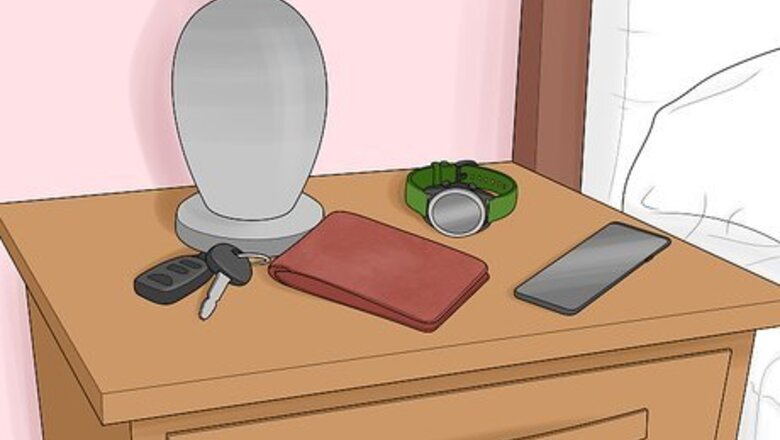
views
At Home
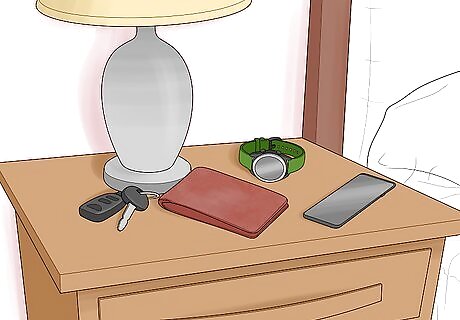
Designate a specific, convenient spot for stashing your wallet. Choose a place that’s either near the main door you use or in your bedroom, near your watch, jewelry, or other items you put on as “finishing touches” before leaving home. If you put your wallet in this same place every time, you’ll never again have to ask yourself “Now where did I put my wallet?” Pick a single spot and stick to it. Your brain is designed to be much better at remembering things that are in consistent locations—it’s what helped your cave-person ancestors remember where they could find fresh water! Also do this with your keys, purse, jacket, backpack, and so on.
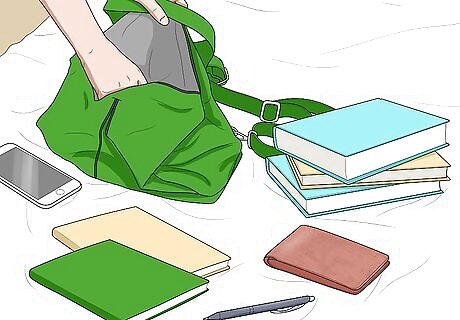
Plan ahead—such as the night before—so you aren’t in a big rush. Do your prep work for going out ahead of time to reduce stress and improve your memory. For a work or school day, for example, lay out and pack up everything you need the night before. You're more likely to remember your wallet if you're not behind schedule and running out the door. Reducing morning stress not only makes you less forgetful, it also gets your day off to a much better start!
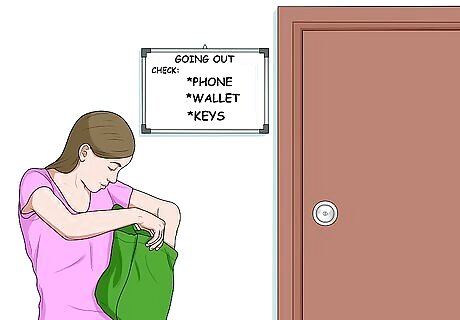
Follow a consistent routine for leaving home—maybe with a checklist. If you follow the same routine each time you leave home, you’ll be much less likely to forget anything. For a little extra help, create a “going out” checklist on a whiteboard posted near your door. Physically check off each item before leaving. Part of your routine, for example, might include pulling on your pants, putting your wallet in your back pocket, and putting on your shoes. If you skip from pants to shoes for some reason, you’ll take notice!
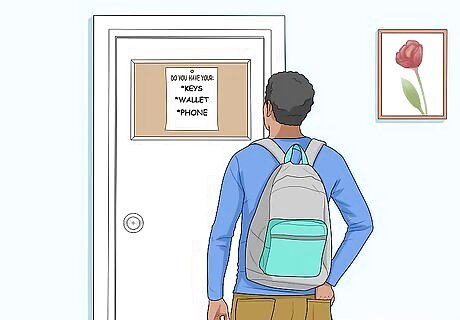
Put a reminder notice at the door you use to leave home. For example, post a sign on the door that reads “Do you have your keys, wallet, and phone?” You can even buy a doormat with a similar message! Or, if you tend to look in a mirror right before heading out, stick a little picture of a wallet (and things like your keys and phone) on the mirror. If you really need a strong reminder—and don’t share the door with anyone else—do the following each time you come in: peel off a strip of masking tape, write “WALLET” on it in marker, and stick it across both the door and door frame right above the doorknob.
On the Go
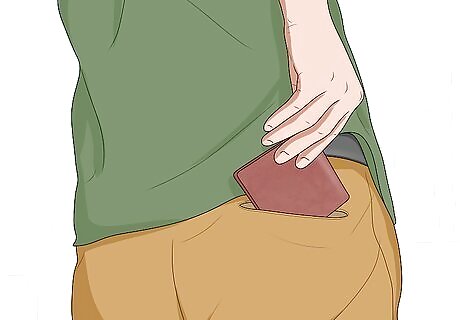
Keep your wallet in the same spot (pocket, purse, etc.) all the time. Designating a specific spot for your wallet makes it much less likely that you’ll forget it. For example, don’t just randomly stick your wallet in a pants pocket; instead, put it in your back right pocket every time. If you keep your wallet in a purse or bag, designate a specific compartment for your wallet. Be sure to designate a spot that doesn’t make it easy for your wallet to fall out. For example, don’t use a loose front pocket on your jacket!
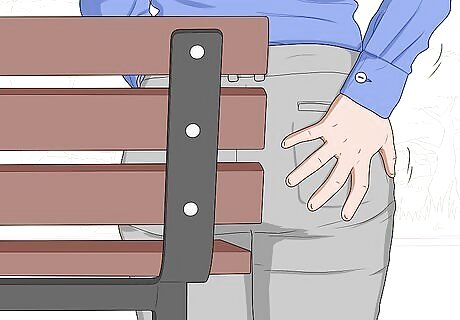
Perform a quick “wallet check” each time you get up or move around. If you keep your wallet in your back right pants pocket, for instance, mentally confirm that you can feel your wallet against your backside each time you stand up. (Or, if you wear baggier pants, quickly touch your hand to your back pocket.) The goal is to create a consistent habit that you’ll follow each time you get up or move around. It’s easy, for example, to forget your wallet on the table at a restaurant after you’ve taken it out to pay the bill. Always do a “wallet check” when you get up to leave!
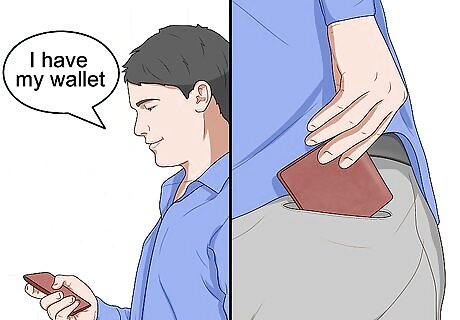
Do a more detailed “wallet check” by sight, touch, and voice as needed. Using multiple senses during your “wallet check” makes it even easier to establish a consistent routine—basically, it’s harder to forget to do your reminder! When you get up or move around, for example, take your wallet in your hand, look at it, quietly say to yourself “I have my wallet,” and immediately put it in its consistent spot. It may feel silly to do this at first, but you’ll feel a lot more silly if you keep forgetting your wallet!

Ask a friend to give you reminders when you’re together. Your instinct may be to resent the nagging of a friend, colleague, or significant other who repeatedly asks, “Do you have your wallet?” Instead, encourage them to ask! If you both build a consistent routine of asking and responding to reminders, you’ll both have to forget at the same time in order for you to lose your wallet. Even if your friend isn’t with you, they can still give you a reminder. For instance, send them a text: “I’m leaving work at 5:30. Can you text me a reminder to make sure I have my wallet at 5:25?”
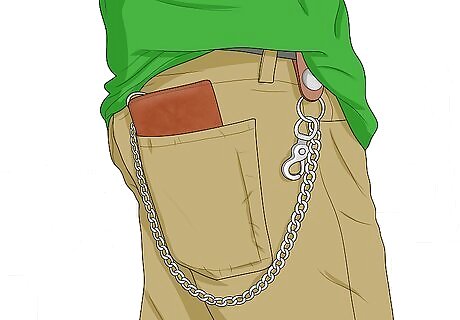
Wear a wallet chain—and make it a fashion statement! It’s pretty hard to misplace your wallet when it’s connected to a metal chain that’s also connected to your belt or belt loop. While a wallet chain may not be an all-occasion fashion accessory, there’s a surprising number of styles to choose from—you might even say that this 90s throwback is making a comeback! For the best results, buy a wallet that already has a hole and grommet meant to accept a chain. When shopping for chains, aim for a chain length that hangs below your shirt or jacket but above your knees.
With Tech
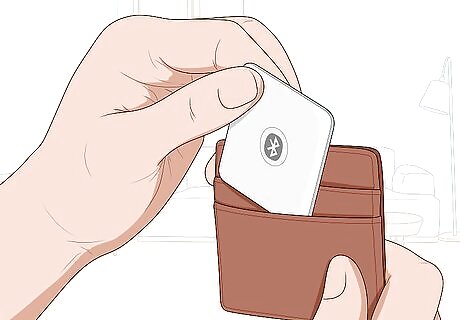
Slip a Bluetooth-enabled tag into your wallet. Tile is the best-known brand in the U.S., but several companies make these mini tracking devices that can easily be attached to or slipped into something you’re worried about losing. Nearly all of them rely on a Bluetooth connection with your smartphone to operate. Look for a tracker tag designed for wallets—Tile’s version is the size of 3 credit cards stacked together. Expect to pay somewhere in the range of $25-$50 USD for one of these devices. Keep in mind that most of the wallet-friendly versions don’t have replaceable batteries, so you’ll have to replace the device every 1-3 years.
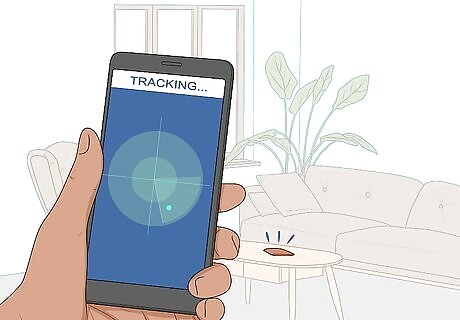
Use the tag to track down your wallet when you can’t find it. Bluetooth tag trackers typically help you find things in 3 ways. Based on your tag brand and model, try any or all of the following to find your wallet: Open the app on your smartphone and it will show you your tagged wallet’s location so long as it’s in Bluetooth range—typically around 100–200 ft (30–61 m). Use the app to sound an alarm on the tracker tag so you can find your wallet. Even though they’re small, these tags can be loud! Rely on a passive “crowd-sourcing” feature to find your wallet when it’s out of Bluetooth range. If someone else with the same tracker tag brand (such as Tile) is in Bluetooth range of your wallet, you’ll get a location alert. And don’t worry, the other person will never know where your wallet is or that they helped you find it!
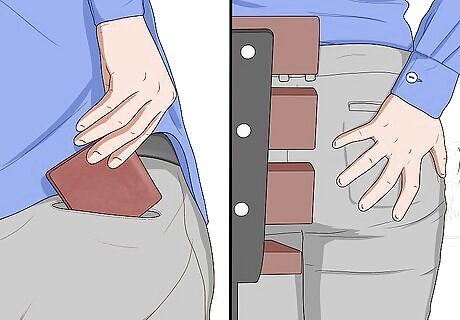
Rely on tech as one, but not your only, loss-prevention tool. Tracker tags can be a great help, but remember that they’re not fool-proof. If the tag’s battery dies or you don’t have your phone (maybe you lost it too!), you’re out of luck. And, if your wallet is out of range, it’s up to chance whether someone else using your tag brand comes in proximity to your wallet. Your best bet is to primarily rely on time-tested, low-tech methods like keeping your wallet in the same place and doing a quick check every time you get up, move around, or leave. Use a tracker tile as an extra layer of protection!


















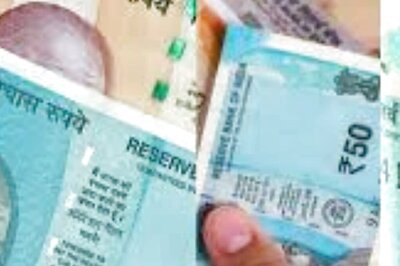

Comments
0 comment